If you’ve dipped your toes into the world of email marketing, you know a newsletter is a fantastic way to connect with, engage, and grow your customer base while increasing your credibility and authority.
That said, one crucial aspect of a successful newsletter is timing. How often should you send them without turning into that one friend who just can’t take a hint?
Too much, and you’re spammy. Too little, and you’re forgotten. Finding that sweet spot—a perfectly timed, permission-based email marketing strategy—can make all the difference in engaging your audience, sparking brand awareness, and generating leads without overwhelming your subscribers.
In this blog, we’re slicing through the noise to bring you a crystal-clear guide on nailing down the perfect frequency of your email campaigns.
Stick around as we unpack how to keep your subscribers hooked, engaged, and looking forward to your next email.
TL;DR
When is the best time and frequency for sending a newsletter? Email out a weekly newsletter around 10 a.m. every Thursday or Tuesday so your subscribers can read it on their lunch break.
Why Newsletter Frequency Balance is Critical
Before we discuss the details of getting your email newsletter frequency right, let’s consider what’s at stake if you don’t.
A newsletter is a fantastic marketing tool with many benefits. But, like anything good, too much of it can quickly turn sour.
But here’s what happens if you get it wrong: ramp up those email newsletters too frequently, and you might just hit a nerve. Imagine bombarding your loyal followers with daily emails; it’s overwhelming and can quickly lead to subscriber fatigue. Before you know it, that “unsubscribe” button gets more action than your latest promo.
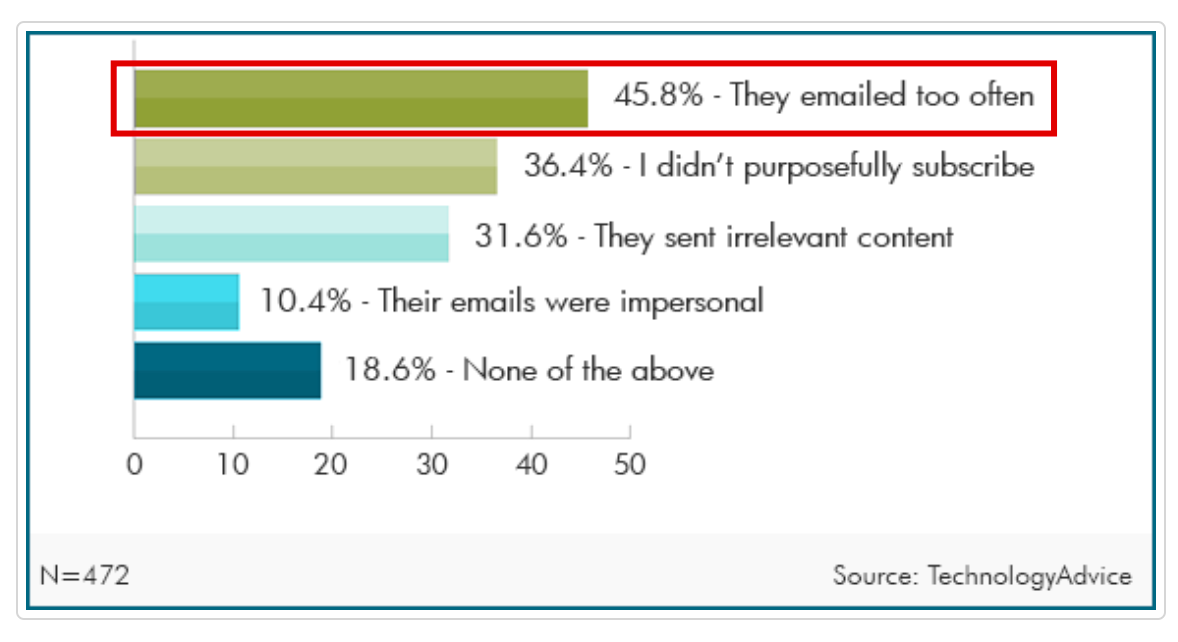
This problem is more common than you might think: According to SMTP and TechnologyAdvice, most respondents said they bailed because they received too many emails from the business or organization. That’s a staggering number that no email marketing strategy can ignore.
On the flip side, playing it too cool and sending emails infrequently comes with risks, too. It’s like walking a tightrope; lean too much on one side, and you’re spamming your audience. Don’t send enough, and you risk becoming a distant memory. Lost engagement and becoming a forgotten brand are real dangers in the fast-paced digital world where out of sight often means out of mind.
As you can see, finding that sweet spot in your email newsletter frequency is crucial.

Your Newsletter Frequency Depends On Your Business
Many factors will affect your choice of when to send out your emails.
Let’s start with your type of business.
First, a disclaimer: with newsletter and email marketing frequency, no perfect answer encompasses all businesses. What works for one might not work for you, depending on several factors, which we’ll get into in the next section. We’ll examine the main newsletter frequencies and the business types that benefit most, giving you a good starting point for deciding your newsletter timing.
Daily: The Heartbeat of Engagement
Ideal For: Brands with the capacity to deliver a ton of fresh, engaging content or any business that deals with time-sensitive data. Perfect for industries where news and updates come thick and fast.
- Examples
- Morning Brew delivers daily business insights and news, keeping subscribers well-informed and entertained with a concise, witty format.
- Stock market insights, cryptocurrency trends, breaking news, or ski condition updates, ensuring subscribers receive timely and critical data.
- E-learning or software providers take people through online courses or an onboarding process.
Weekly: The Consistent Pulse
Ideal For: Businesses aiming for regular touchpoints to foster consistent engagement. Weekly sends are outstanding for industries with regular updates and educational content or for curating the week’s most relevant news.
- Examples
- For industries like fashion with frequent repeat purchases, weekly emails help maintain brand visibility and encourage sales.
- Weekly emails also benefit service-oriented businesses—restaurants, bars, beauticians, business coaches, and gyms—keeping them top of mind among regular patrons.
- Physician on Fire delivers weekly emails to over 20k physicians and investors, featuring a mix of personal stories and curated content on financial independence and personal finance.
Monthly: The Deep Dive
Ideal For: Sharing in-depth content, analysis, or significant announcements that benefit from a longer lead time and more comprehensive development. Monthly newsletters offer a platform for detailed exploration of topics that require more nuance and space.
- Examples
- Monthly emails are good for providers of infrequent, high-cost, or niche services—like tree pruning, window replacement, funerals, legal services, or medical services—matching the irregular purchase patterns without overwhelming subscribers.
- Charities, software companies, and many other types of businesses benefit from a moderate approach. With just one email a month, they ensure they stay connected with their audience without risking annoyance.
- NOTE: If you offer more expensive goods and services, you should send fewer newsletters to maintain your image of exclusivity and prestige.
Quarterly: Seasonal Summaries
Ideal For: Organizations looking to provide comprehensive updates or summaries of the past quarter’s most important news, events, or offerings. Quarterly newsletters are well-suited for in-depth reviews, reflections on achievements, and announcements of plans, catering to subscribers who appreciate a detailed overview without frequent communications.
- Examples
- Non-profits might send a quarterly newsletter detailing their progress on projects, stories of impact, volunteer highlights, and upcoming events, keeping supporters informed and connected with the cause.
- Technology companies could use quarterly newsletters to announce new product launches, share industry insights, and recap significant achievements or milestones. This would help educate and update their audience while maintaining engagement.
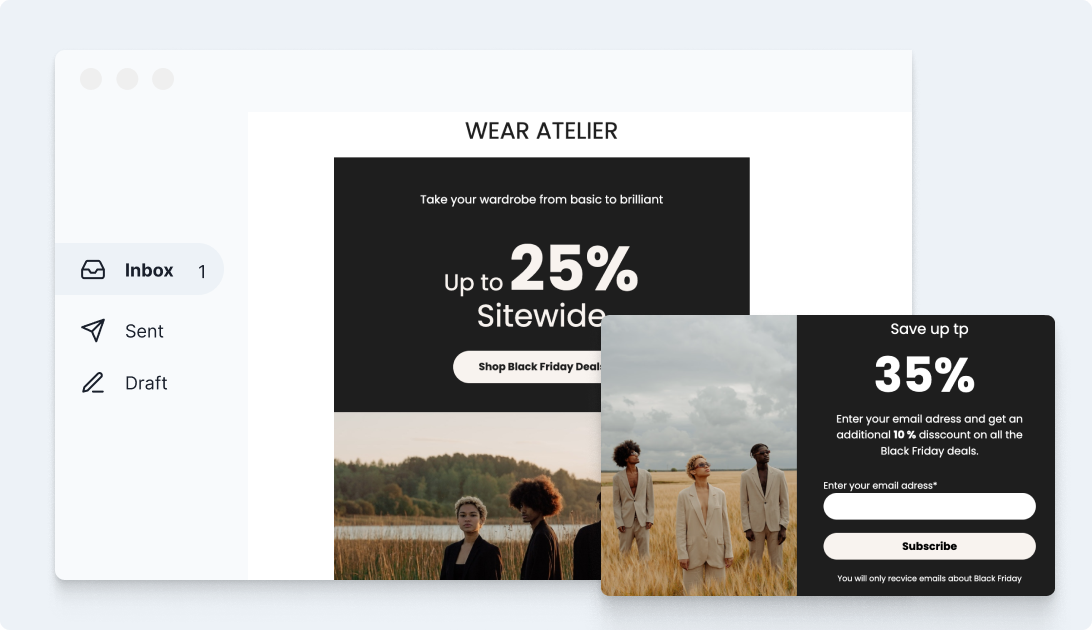
Holidays and Special Events
Ideal For: Everyone! While you could just send out a seasonal newsletter, you should use specific times of year (holidays, for example) to supplement your regular frequency.
- Examples
- Retail businesses can send an extra “Black Friday Bonanza” newsletter, spotlighting exclusive deals and holiday shopping tips.
- Travel agencies might offer a “Summer Getaways Special” edition, highlighting vacation spots and discounts for early bookings.
- Home decor stores could distribute a “Holiday Home Makeover” newsletter featuring festive decoration ideas and special offers.
- Fitness centers can capitalize on New Year resolutions with a “New Year, New You” edition, focusing on membership deals and wellness tips.
One can also make cases for a bi-weekly newsletter, a newsletter twice a week, and more. Different frequencies work for different businesses. Gather data to find the best frequency for you.
Now that you know your newsletter frequency choices, let’s examine how to narrow them even further.
Factors That Affect When to Send Your Email Newsletter
How can you tell what your optimal newsletter marketing timing should be? It’s a bit more nuanced than picking a number out of a hat. Here are some factors to help you decide when and how often to send out your email newsletter.
Audience Demographics
Know your target audience to assess email frequency in both content and timing. For example, B2B newsletters thrive during work hours, while B2C ones will do better around lunch or after work (see timing data below). Factors like education level, age, industry, location, and income should also give you a better idea of when and what your customers want to read.
Your Contents’ Value and Volume
Evaluate the richness of your content and how much you can consistently produce without compromising quality. If you send out too much information with little value, you dilute your brand power, get spam complaints, and subscribers will opt out. Regardless of timing, put out relevant content and/or helpful content.
Your Business and Competitors
Consider what your business does and how that aligns with your email marketing. Check out what your competition is doing and follow suit.
Email Ecosystem
Take stock of all the emails you’re sending out. Beyond newsletters, consider promotional emails, transactional updates, and any other communications. The total email volume helps determine the right newsletter frequency to avoid subscriber overload.
Newsletter Purpose and Goals
What is it you want from your newsletter? To educate? To promote your products or services? Write every newsletter with your goal in mind. Education-focused emails might necessitate a weekly rhythm to keep up with the dynamic world of learning. In contrast, a tourism brand could benefit from a quarterly highlight reel of must-visit destinations and events.
Metrics and Adjustments
Test, test, test, and keep what works. Monitor open rates and subscriber churn to gauge the effectiveness of your frequency. Strive for a growing subscriber list and an open rate of around 20% as indicators of healthy engagement. Use these insights to fine-tune your strategy, ensuring your newsletters are always welcome in your subscribers’ inboxes.
The more information you have about your audience and content capabilities, the easier it will be to find an optimal email newsletter send frequency.
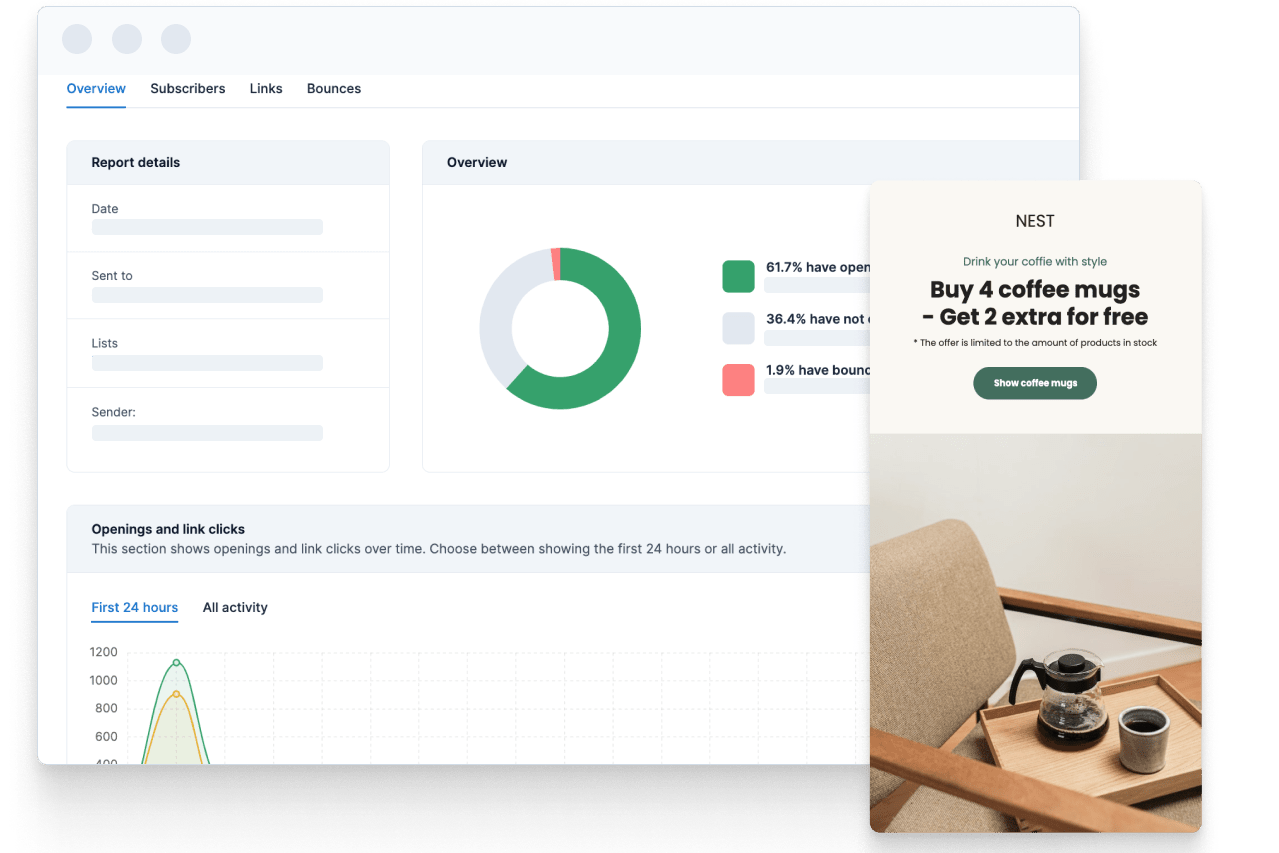
What is the Most Popular Newsletter Frequency, According to the Data?
So, when is the optimal time of day to send out your newsletter? What day of the week should you send it? Should you send weekly or monthly newsletters?
Different websites have varying data on the best time to send an email newsletter.
- Frequency: Your sweet spot is between twice weekly and monthly newsletters. MarketingSherpa says 61% of consumers prefer receiving at least one email weekly, and 85% say they’d like to hear from you at least once a month.
- Best Time of Day for Opens: Most research says the best open rates are between 9 a.m. and 3 p.m. Right before lunchtime is optimal because your subscriber can read it on their lunch break at work.
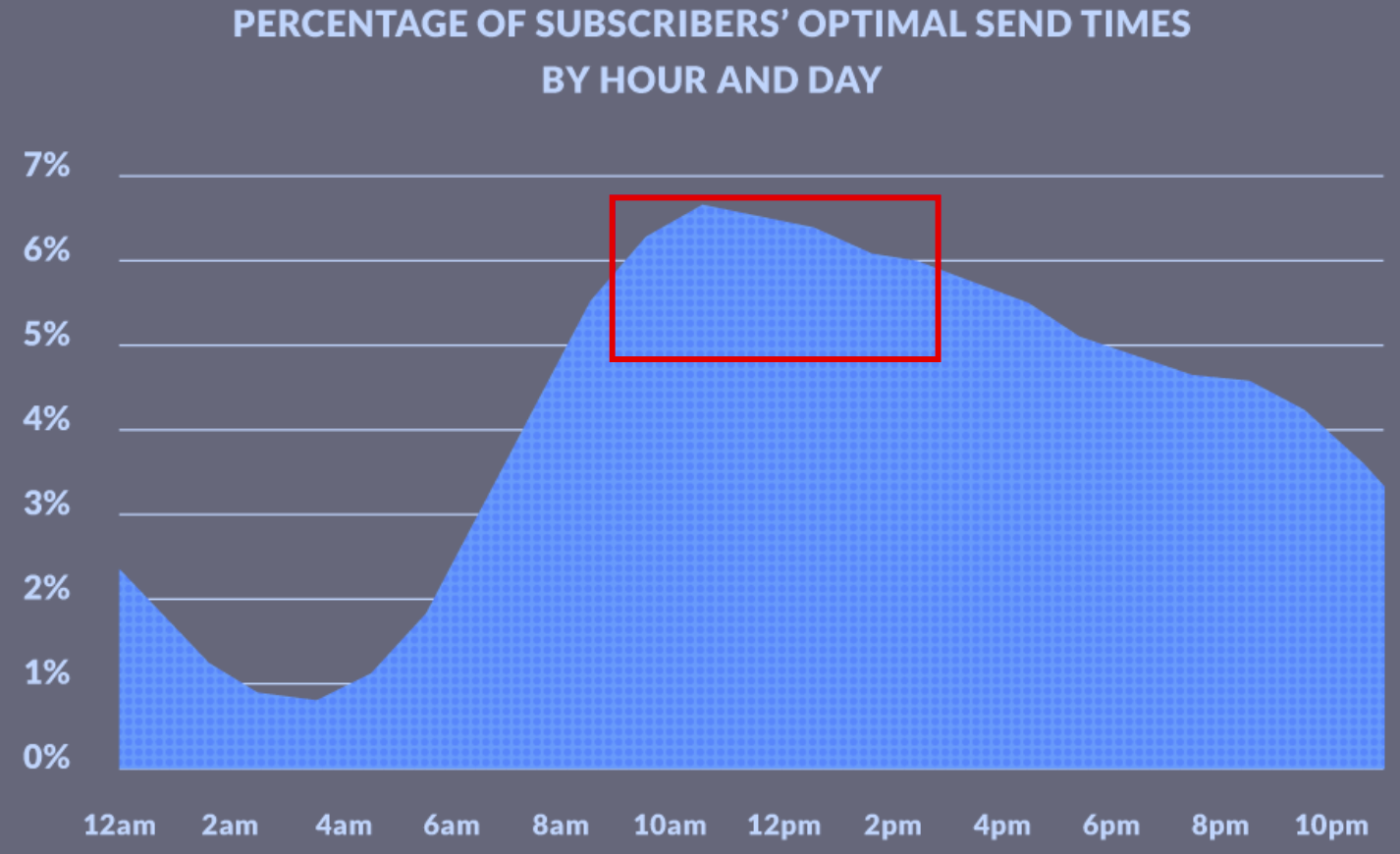
- Best Day for Opens: According to stats from Porch Group Media, 18% of emails are sent on Thursdays, 17% on Tuesdays, and 16% on Wednesdays. The best days to send an email newsletter are Thursdays and Tuesdays.

Email Marketing Secrets agrees.
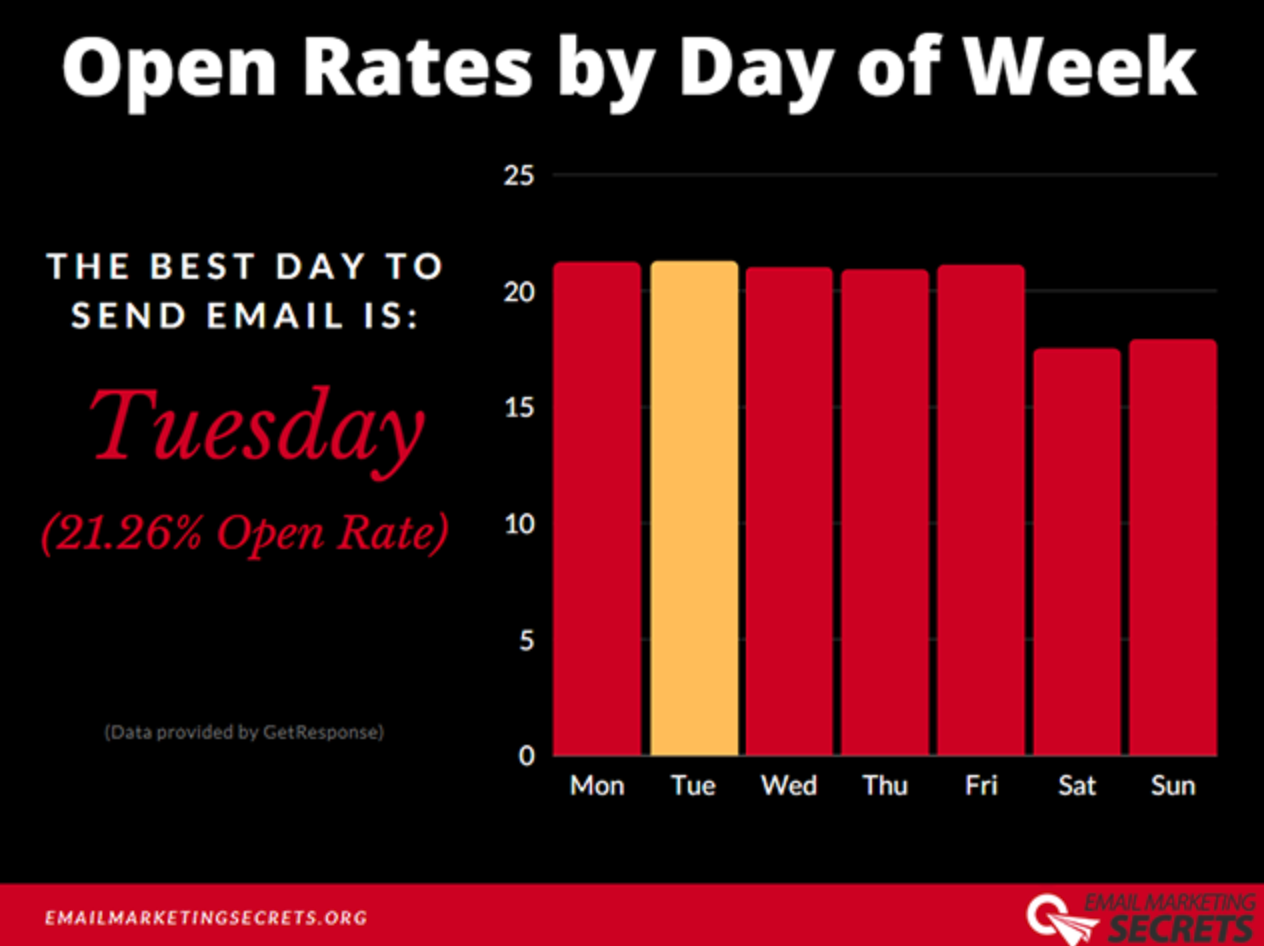
Final Answer: When and How Often Should You Send an Email Newsletter?
Based on open rates and audience expectations, the most effective strategy is to send a weekly newsletter around 10 a.m. on Thursday or Tuesday so people can read it at lunchtime.
Optimizing Your Email Newsletter and Frequency Just Right: Quick Tips
Now that you have a starting point for when to send your newsletter, here are some tips for optimizing your campaign to get the most value out of it.
- Harness Email Metrics: Observe engagement right after sign-ups or purchases to understand when your audience is most receptive. Adjust your email campaign frequency based on insights from open rates, click-through rates (CTR), and unsubscribe rates to confirm your marketing emails hit the mark.
- Benchmark and Customize: No single email marketing strategy fits all. Start with industry benchmarks for newsletter frequency. Tailor your approach based on subscriber feedback, ensuring your email newsletters resonate.
- Don’t Forget About Time Zones: Once you pick a day, time, and frequency, remember that your subscribers probably live worldwide. Schedule your newsletter so that everyone gets theirs at the same time in their time zone.
- Content Quality is Paramount: Beyond how often you should send, the quality of your email newsletters dictates success. Deliver compelling, valuable content without redundancy, keeping your email marketing campaigns fresh and engaging. For those who missed it, consider resending with improved subject lines or at different times for better engagement.
- Empower Subscribers: From the outset, set clear expectations about newsletter frequency and offer choices—daily updates or a more leisurely bi-weekly roundup. Personalizing email marketing optimizes your subscriber engagement levels and open rates.
- Social Media as a Safety Net: Suggest following your social media for updates for subscribers overwhelmed by frequent emails. You’ll keep them engaged with your brand without cluttering their inbox.
- Embrace A/B Testing: Testing is fundamental. Split your subscriber list to explore the impacts of varying sending frequencies on your email campaigns. This experimentation can reveal the ideal balance that maximizes open rates, minimizes unsubscribe rates, and enhances overall engagement with your email newsletters. You can also test your subject line, CTAs, send times, and more.
Finding that sweet spot in how often to send, matched with irresistible content, transforms your email marketing from just another task to a key player in your strategy. It’s about making every newsletter count, turning good into absolutely cannot-miss.
Conclusion
In wrapping up, remember that finding the optimal newsletter frequency isn’t just about adhering to industry standards—it’s about listening to and understanding your audience’s preferences and behaviors. Whether it’s weekly updates to keep your subscribers engaged or monthly deep dives for those who prefer a more comprehensive read, the goal remains the same: to deliver valuable content at a pace that keeps your audience wanting more.
Finding that sweet spot with your email marketing boils down to mixing just the right amount of how often you send with the knockout punch of stellar content.
Get this combo right, and your newsletter becomes what your readers look forward to finding in their inbox—a connection that doesn’t just stick around but gets better with every email.
Get started with email marketing
Create beautiful email newsletters for free with Get a Newsletter and reach your subscribers and customers in a heartbeat.
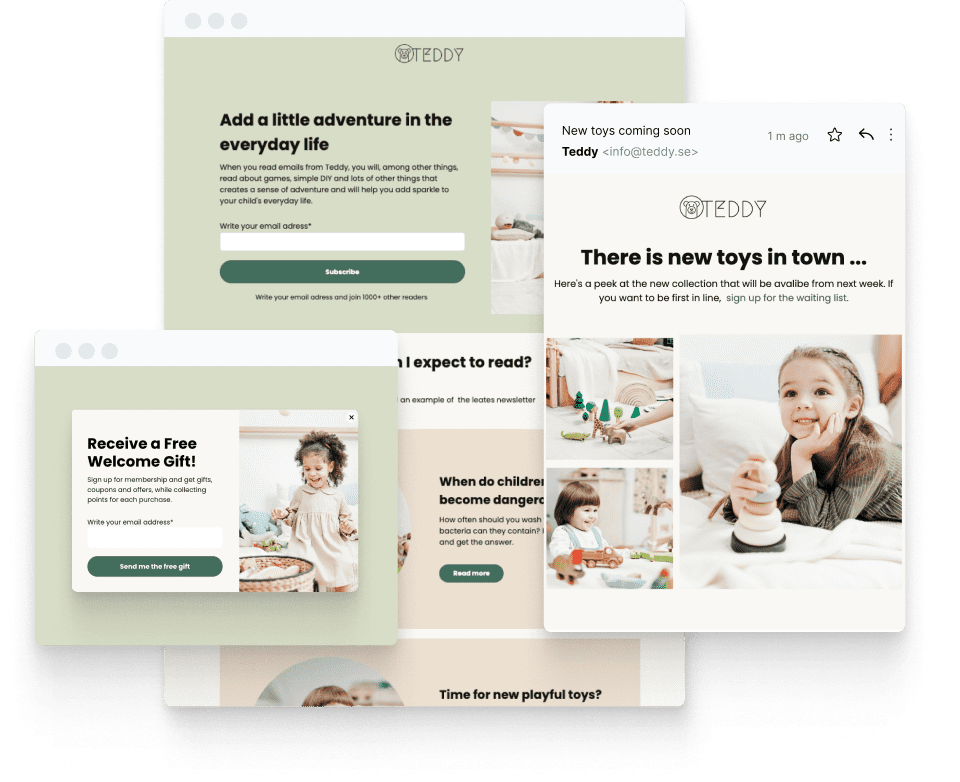

Nichole Stohler
Nichole Stohler co-founded Gateway Private Equity Group, specializing in hotel real estate investments. She is also the creator of NicsGuide.com, a blog dedicated to real estate investing.

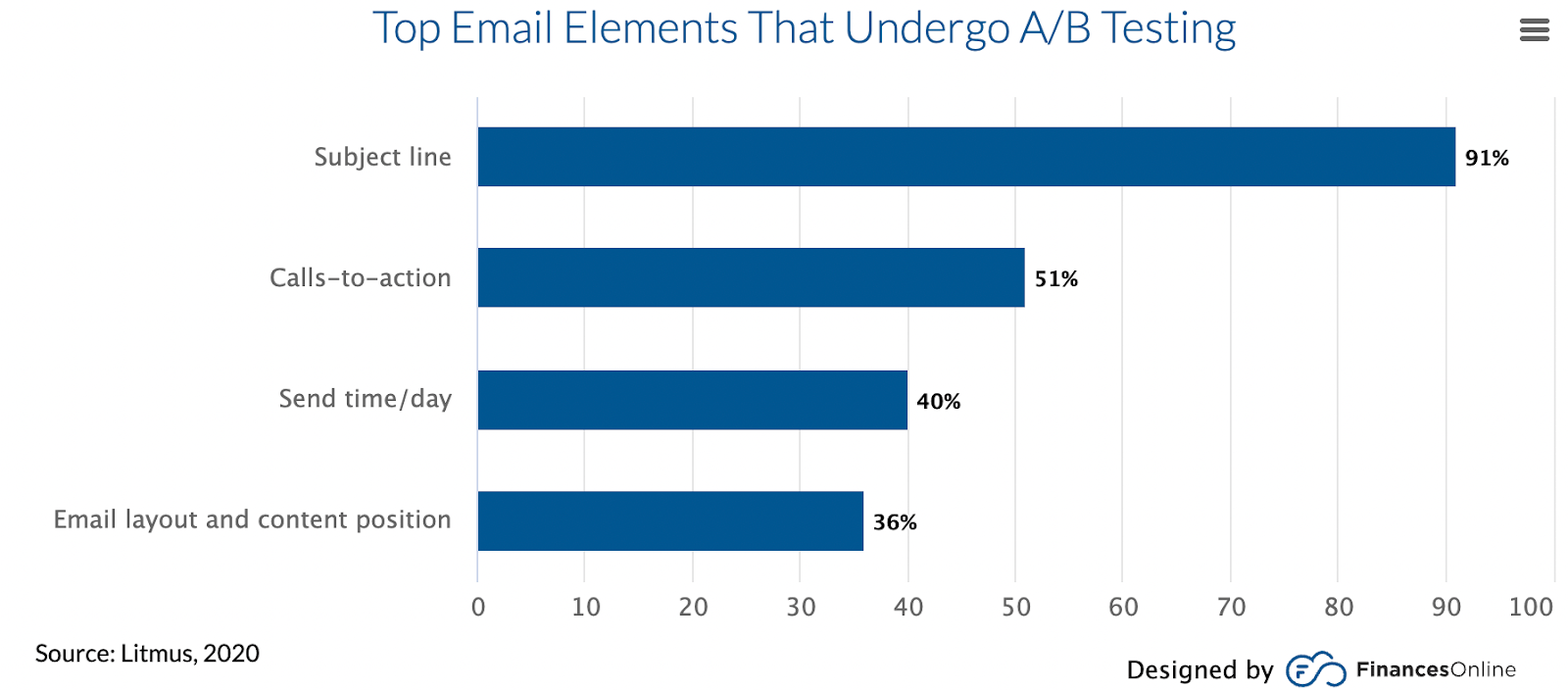
Leave a Reply